November is Diabetes Awareness Month, highlighting the devastating impact of this disease. According to the World Health Organization diabetes affects an estimated 422 million people and is one of the top ten causes of death worldwide. Current treatments for both type 1 and type 2 diabetes currently include administering insulin, monitoring blood sugar levels, maintaining a healthy weight, and consistent exercise. Few drugs are available to manage symptoms and no cure currently exists. Diabetes research is focused on better understanding development and progression of disease as well as searching for more effective therapeutic options.
Traditional Glucose Measurement
Historically, diabetes researchers have relied on manual, acute sampling methods of measuring blood glucose levels. Typically, blood is drawn at schedule times and tested with glucose test strips. There are numerous limitations associated with this method including:
- Gaps between samples create an opportunity for missed events
- Data quality is variable due to stress artifacts in subjects
- Sample collection can be time consuming and stressful for the researcher
- Limited sample availability due to animal blood draw restrictions
Although researchers work diligently to collect samples, the nature of this approach results in missed data, some of which may hold critical insights for therapeutic development.
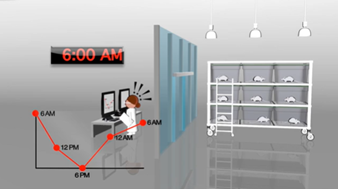
See What You’ve Been Missing
Continuous monitoring of blood glucose levels in humans, has drastically improved patient experience and outcomes. DSI’s implantable glucose telemetry is the first device enabling continuous glucose monitoring in animal models. This approach is revolutionizing the way diabetes is studied, powering translatable results, and enabling researchers to:
- Monitor continuous, second-by-second changes in blood glucose levels
- See a complete blood glucose profile
- Observe the development and progression of diabetes or other metabolic
disorders
- Assess effects of therapeutic interventions
- Glucose telemetry brings value to every part of your study including those
shown below.
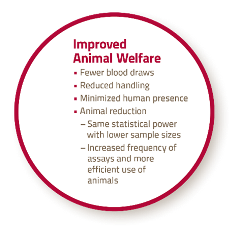
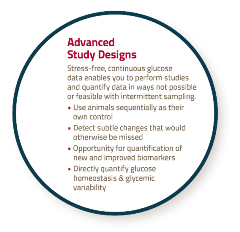
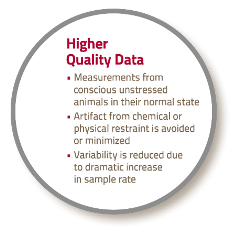
What are users saying?
Visit our website to view customer presentations, testimonials, and webinars and see how continuous glucose telemetry is helping them uncover new insights.
For additional information, check out the publications below citing use of our technology.
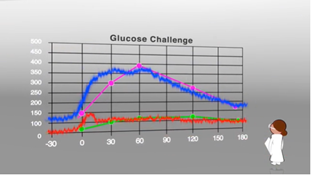
Let’s create a plan together!
See what you’ve been missing with the best diabetes research instrumentation, backed by a team of experts committed to your success. If you would like to discuss your research plans, schedule a free consultation with us at your convenience.
Looking for other diabetes solutions?
In addition to DSI implantable telemetry, Harvard Bioscience offers solutions for a wide variety of metabolic approaches to enable comprehensive studies. Below are additional solutions we offer to complement your research using DSI systems.
In vitro assessment of glucose-induced electrical activity
Glucose clamp infusion
Metabolic Cage Monitoring
Amino acid analysis